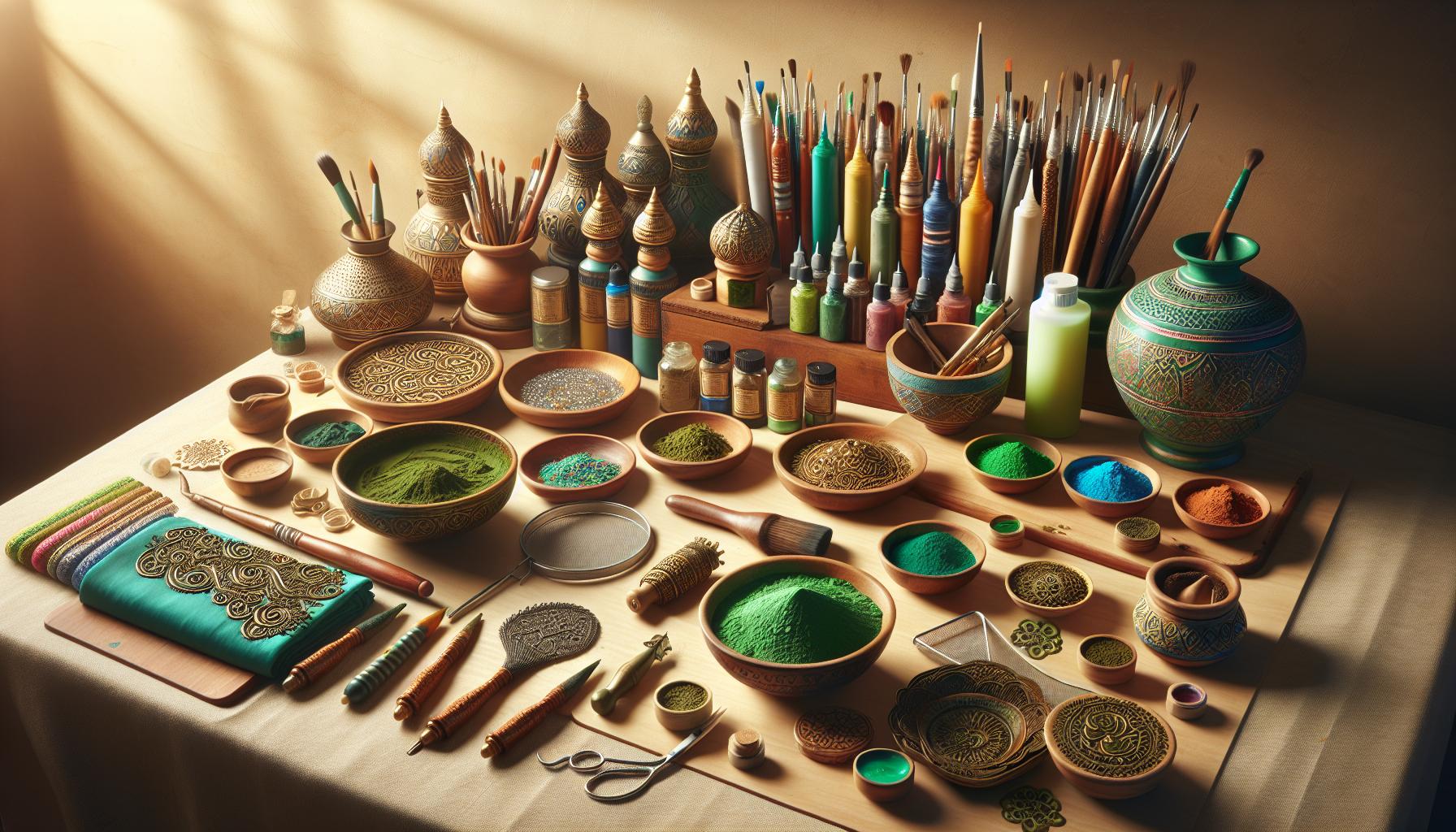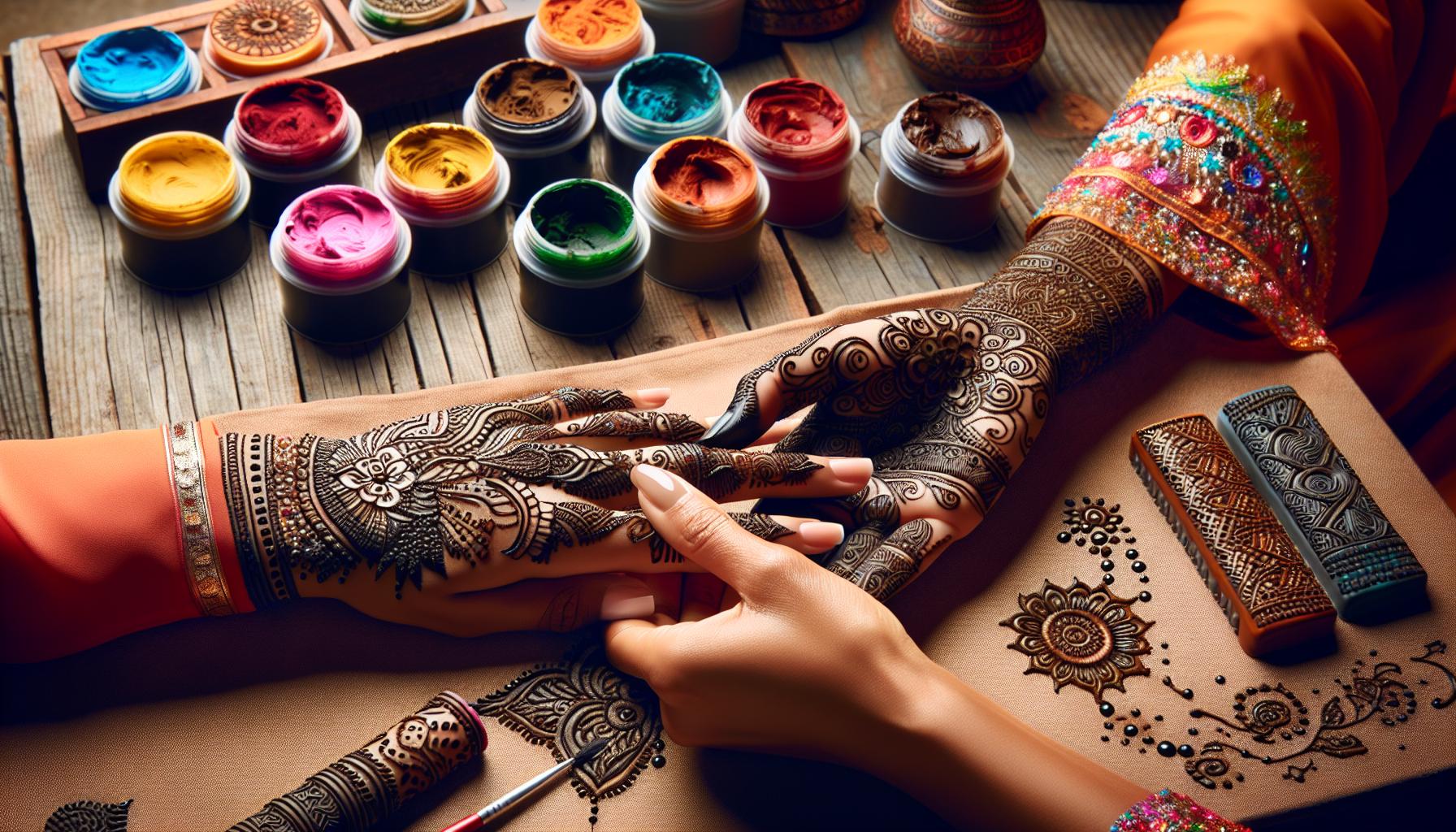Transform your hands into captivating works of art with intricate Arabic full hand mehndi designs. This timeless form of body art has graced celebrations and special occasions for centuries creating mesmerizing patterns that tell stories through delicate lines swirls and floral motifs.
Today’s modern mehndi artists blend traditional Arabic elements with contemporary styles to create stunning full-hand designs that flow seamlessly from fingertips to wrists. Whether you’re preparing for a wedding celebration or simply want to embrace this beautiful cultural expression these elaborate patterns offer the perfect way to make a statement while honoring ancient traditions.
Arabic:cejjf3onifm= Full Hand Mehndi Design
Arabic full hand mehndi designs showcase distinctive geometric patterns combined with flowing elements that create an elegant appearance. These arabic:cejjf3onifm= full hand mehndi design incorporate specific cultural elements unique to Middle Eastern artistry.
Traditional Arabic Patterns and Motifs
Arabic mehndi patterns feature geometric shapes: circles, squares, triangles, crescents. The arabic:cejjf3onifm= full hand mehndi design incorporate paisleys, leaves, vines, flowers, intricate lattices. Traditional Arabic motifs include the crescent moon, eight-pointed stars, date palms, symmetrical mandalas. Artists blend these elements with negative space to create balanced compositions across the palm, fingers, wrist. The patterns flow organically from dense focal points to delicate trailing vines, creating visual movement throughout the design.
Key Elements of Full Hand Arabic Mehndi
Full hand Arabic mehndi incorporates signature characteristics that define its style:
- Dense central focal points on palms feature intricate geometric weaving
- Trailing vines connect major design elements across fingers wrists
- Symmetrical patterns mirror from palm center outward
- Negative space creates contrast between bold filled areas delicate lines
- Dotted borders frame primary design elements
- Floral accents complement geometric foundations
- Layered patterns build depth through varied line weights
- Strategic placement maximizes visual impact across hand curves
The arabic:cejjf3onifm= full hand mehndi design maintain perfect symmetry while adapting to hand contours preserving traditional Arabic artistic principles.
Essential Tools and Materials for Arabic Mehndi Art

Fresh henna powder forms the foundation of Arabic mehndi art. Quality henna comes from countries like India, Pakistan or Morocco, with a deep green color indicating optimal potency.
Basic Materials:
- Natural henna powder (30-50 grams for full hands)
- Lemon juice or lime juice (120ml)
- Essential oils (eucalyptus, lavender, or tea tree)
- Sifting mesh (150-200 microns)
- Mixing bowls
- Cotton swabs
- Paper towels
Application Tools:
- Professional mehndi cones
- Fine-tip plastic bottles
- Precision applicator tips (0.5-1mm)
- Stainless steel pin tool
- Cellophane wrap
- Medical tape
| Tool Type | Purpose | Recommended Size |
|---|---|---|
| Mehndi Cone | Main application | 20-25cm length |
| Applicator Tip | Detail work | 0.5-1mm diameter |
| Sifting Mesh | Powder refinement | 150-200 microns |
| Mixing Bowl | Paste preparation | 250ml capacity |
- Latex gloves
- Hand sanitizer
- Clean workspace cover
- Skin testing patches
- Aftercare oil
A proper storage system keeps materials organized:
- Airtight containers for henna powder
- Temperature-controlled space (20-25°C)
- Dark storage area
- Moisture-free environment
- Labeled organization boxes
These tools enable artists to create intricate Arabic designs with precision. Each component serves a specific function in the application process, from initial preparation through final touching details.
Step-by-Step Application Process

Arabic full hand mehndi application requires precise techniques to achieve intricate patterns. The arabic:cejjf3onifm= full hand mehndi design process combines traditional methods with artistic precision to create stunning designs that flow naturally across the hand.
Palm Design Techniques
Professional mehndi artists start from the center of the palm, creating a focal mandala or central motif. Artists apply thick primary lines to establish the framework, followed by delicate fills using varied pressure techniques. The palm design incorporates traditional Arabic elements like paisley patterns, geometric shapes, floral motifs with intricate details. Negative space plays a crucial role in palm designs, creating balance through strategic placement of open areas between detailed sections. The arabic:cejjf3onifm= full hand mehndi design application technique involves rotating the cone at specific angles to achieve varied line thicknesses, from 0.5mm for fine details to 2mm for bold outlines.
Finger and Back Hand Patterns
The finger design application begins at the fingertips, extending downward with continuous flowing patterns. Artists create distinctive patterns on each finger while maintaining visual connectivity through repeating elements. The back hand design connects to finger patterns through trailing vines or geometric chains. Traditional Arabic elements include crescents, stars, dots, swirls integrated with modern abstract patterns. Application techniques incorporate layered designs with primary patterns overlaid with secondary details. The spacing between elements measures 2-3mm to prevent smudging while maintaining design clarity. Artists use sweeping motions for curved lines connecting major design elements across the back hand.
Popular Arabic Mehndi Design Elements

Arabic mehndi designs incorporate distinctive elements that create mesmerizing patterns across the hand. These arabic:cejjf3onifm= full hand mehndi design elements combine traditional motifs with artistic innovation to produce stunning full-hand compositions.
Floral and Vine Patterns
Arabic mehndi celebrates nature through intricate floral patterns paired with graceful vines. Large roses bloom in palm centers while delicate jasmine buds accent finger joints. Trailing vines connect major design elements with sweeping curves that flow from the wrist to fingertips. Artists incorporate leaves in varying sizes to add depth, using fine lines for detailed petals alongside bold outlines for dramatic florals. The organic elements create movement through spiral tendrils intersecting with main design features.
Geometric Shapes and Borders
Geometric patterns form the foundation of Arabic mehndi’s architectural beauty. Hexagons tessellate across knuckles while diamonds cascade down fingers. Border designs feature repeated chevrons framing central motifs with precise symmetry. Artists integrate circles within squares to create focal points enhanced by dotted fills. Mathematical precision guides the placement of triangles alternating with crescents along design edges. These structured elements provide visual anchors that complement the flowing aspects of Arabic patterns through calculated spacing between shapes.
Tips for Long-Lasting Arabic Mehndi
Fresh lemon juice added to the henna paste enhances color development during the staining process. Keeping the design warm with a mixture of sugar and lemon juice creates deeper stains on the skin. Body heat preservation through careful wrapping maintains optimal color results for 6-8 hours after application.
Proper aftercare techniques maximize design longevity:
- Avoid water contact for 12 hours post-application
- Pat dry hands gently after washing
- Apply natural oils like coconut or olive oil daily
- Keep skin moisturized in dry weather conditions
- Minimize exposure to chlorinated water or harsh soaps
Essential application practices affect stain quality:
- Apply paste in moderate room temperature (68-75°F)
- Test paste consistency before full application
- Press firmly while creating design lines
- Allow paste to dry naturally without artificial heat
- Remove dried paste by scraping not washing
| Time Period | Care Action Required |
|---|---|
| 0-8 hours | Keep design wrapped |
| 8-24 hours | Avoid water contact |
| 24-48 hours | Minimal washing |
| 48+ hours | Regular moisturizing |
Design factors impacting longevity:
- Thick paste application on palms
- Dense pattern concentration in central areas
- Strategic spacing between elements
- Bold primary lines in key areas
- Precise fills in negative spaces
These arabic:cejjf3onifm= full hand mehndi design techniques optimize the mehndi staining process while maintaining traditional Arabic design aesthetics. Professional artists incorporate these methods during application to ensure designs last 2-3 weeks with proper care.
Proper Techniques And Aftercare
Arabic full hand mehndi design stands as a testament to centuries of artistic evolution blending traditional elements with modern aesthetics. Its intricate patterns and flowing motifs create stunning displays that captivate audiences worldwide while preserving cultural significance. With proper techniques materials and aftercare these beautiful arabic:cejjf3onifm= full hand mehndi design can transform hands into living canvases that tell unique stories.
The artistry of Arabic mehndi continues to thrive as artists push creative boundaries while honoring time-tested traditions. Whether for weddings celebrations or personal expression this ancient art form remains a cherished medium for self-expression and cultural heritage.

